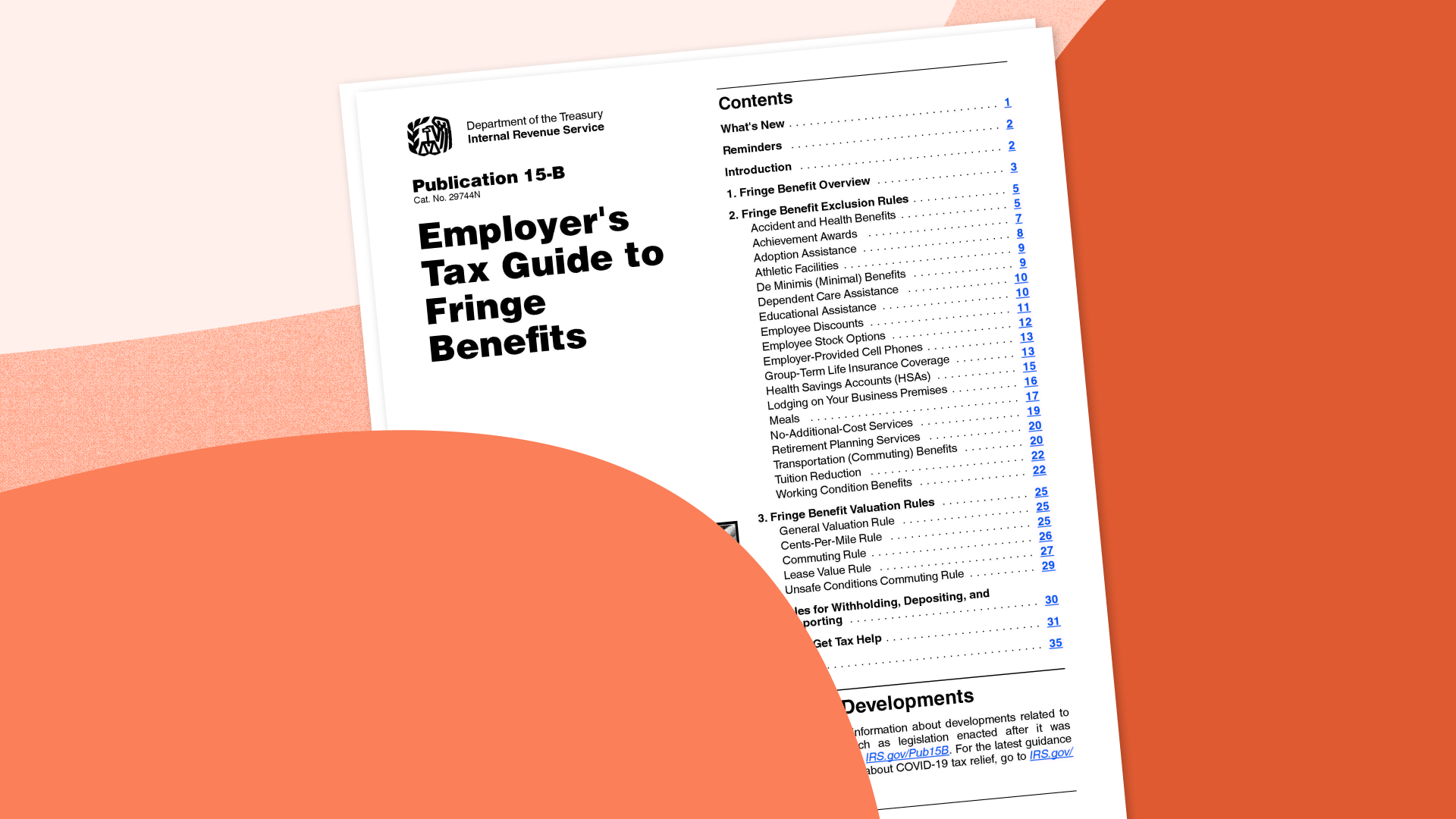There are a lot of do-it-yourself aspects to running a business, especially when you’re first getting started. Managing payroll can be one of them.
As a small business owner, running payroll (along with everything else) can feel like a daunting task. However, armed with the right tools and information, you can conquer the complexities of payroll. Ready to learn how? Here are the steps you can take to run payroll for your small business.
How to Process Payroll Yourself
You’ve launched your small business — that’s an exciting step! Payroll, on the other hand? Not so exciting. But payroll doesn't have to be exciting in order to master it. The key is to create a process you can follow to ensure you’re running payroll accurately and on time every time.
Step 1: Gather Employee Information
Before you can start processing payroll, you’ll need to gather all necessary employee information. This includes their full legal name, home address, social security number, and tax withholding information.
One easy way to gather this? Form W-4. Most employers issue employees with a Form W-4 to fill out upon hire, which provides a reliable record of what you need to run payroll. This form also allows employees to document any deductions or benefits you’ll need to account for in payroll processing. Form W-4 doesn’t populate your employee's salary or hourly rate. Make sure to document these details, as they’re a critical aspect of running your payroll correctly.
Step 2: Choose a Payroll Schedule
Once you have all the necessary employee information, you’ll need to decide how often you’ll process payroll. Payroll can be processed weekly, bi-weekly, or monthly — it’s completely up to you to choose what works best for your business.
However, once you’ve chosen a frequency, it’s crucial to stick to it. There may be times when you’ll need to run an off-cycle payroll, but try your best to be consistent. Having a consistent payroll schedule helps to ensure accuracy and avoid any confusion for your employees.
Step 3: Calculate Employee Pay
After deciding how frequently you’ll run payroll, you can start getting down to the nitty-gritty. Using the employee information initially gathered, you’ll calculate employee pay. For hourly employees, all you need to do is multiply their hourly rate by the number of hours worked. For salaried employees, simply divide their annual salary by the number of pay periods in a year. Make sure you factor in any applicable overtime or bonuses, too.
Step 4: Calculate Taxes and Deductions
Once you’ve calculated employee pay, there’s a bit more math to do — taxes and deductions. This will need to include federal and state income taxes, social security and Medicare taxes, and any other deductions like health insurance or retirement contributions.
It might feel overwhelming, but take it one deduction at a time. For those who would rather offload the mental load of complicated taxes and deduction, it may be worth deploying payroll software to help pay employees and contractors, issue year-end W-2 and 1099 tax forms, and generate and access reports.
Everyone can use a little help sometimes, especially busy business owners.
Step 5: Process Payroll
After all that math, it's finally time to process payroll. Now, you can do this manually or using payroll software solution. If you choose to do it manually, it’s crucial that you keep accurate records and triple-check all calculations. Even for small teams, human error happens, so an extra set of eyes (or two) can be helpful.
If you opt for a payroll software solution, make sure to choose a reputable and reliable one. An automated payroll solution like Justworks Payroll can give you back the precious time you need to run other aspects of your growing business.
Step 6: Distribute Paychecks and Pay Stubs
Once payroll has been processed, it’s time to pay your employees. You’ll need to distribute paychecks and pay stubs, which should include details like gross pay, taxes and deductions, and net pay.
As the employer, you can choose to distribute physical paychecks or use direct deposit. While printing and issuing paper checks might be less costly upfront, direct deposit may prove more efficient and secure over time.
Step 7: File Taxes and Keep Records
The last step might be the most important — make sure you keep meticulous records and ensure you file your taxes on time.
As a small business owner, it’s your responsibility to file and pay payroll taxes by the annual deadline, and to keep accurate records of all payroll information. This includes pay stubs, tax forms, and any other relevant documents. Doing this will make tax season a whole lot easier, and it’ll help you avoid penalties for late or incorrect filings.
Running payroll yourself might seem daunting, but it doesn’t have to be. By consistently following the steps we’ve outlined here, you can effectively manage payroll for your small business (and do so more quickly and efficiently each time). What does this mean for you? More time to spend on growing your business!
How Justworks Can Help
Paying your team shouldn’t slow you down. If DIY payroll isn’t for you, Justworks Payroll can help. Outsourcing payroll to us means we take all those complex payroll tasks and simplify them.
Our intuitive payroll platform enables you to automate payroll, and our dedicated support team provides the expertise to get any problems that come up resolved quickly. Plus, you’ll get access to integrated HR tools that help simplify people management (think streamlined onboarding and PTO management).
With all the time and energy saved by using Justworks Payroll, you can spend it on nurturing your growing business. Ready to get started?
Learn more with Justworks’ Resources
Scale your business and build your team — no matter which way it grows. Access the tools, perks, and resources to help you stay compliant and grow in all 50 states.







